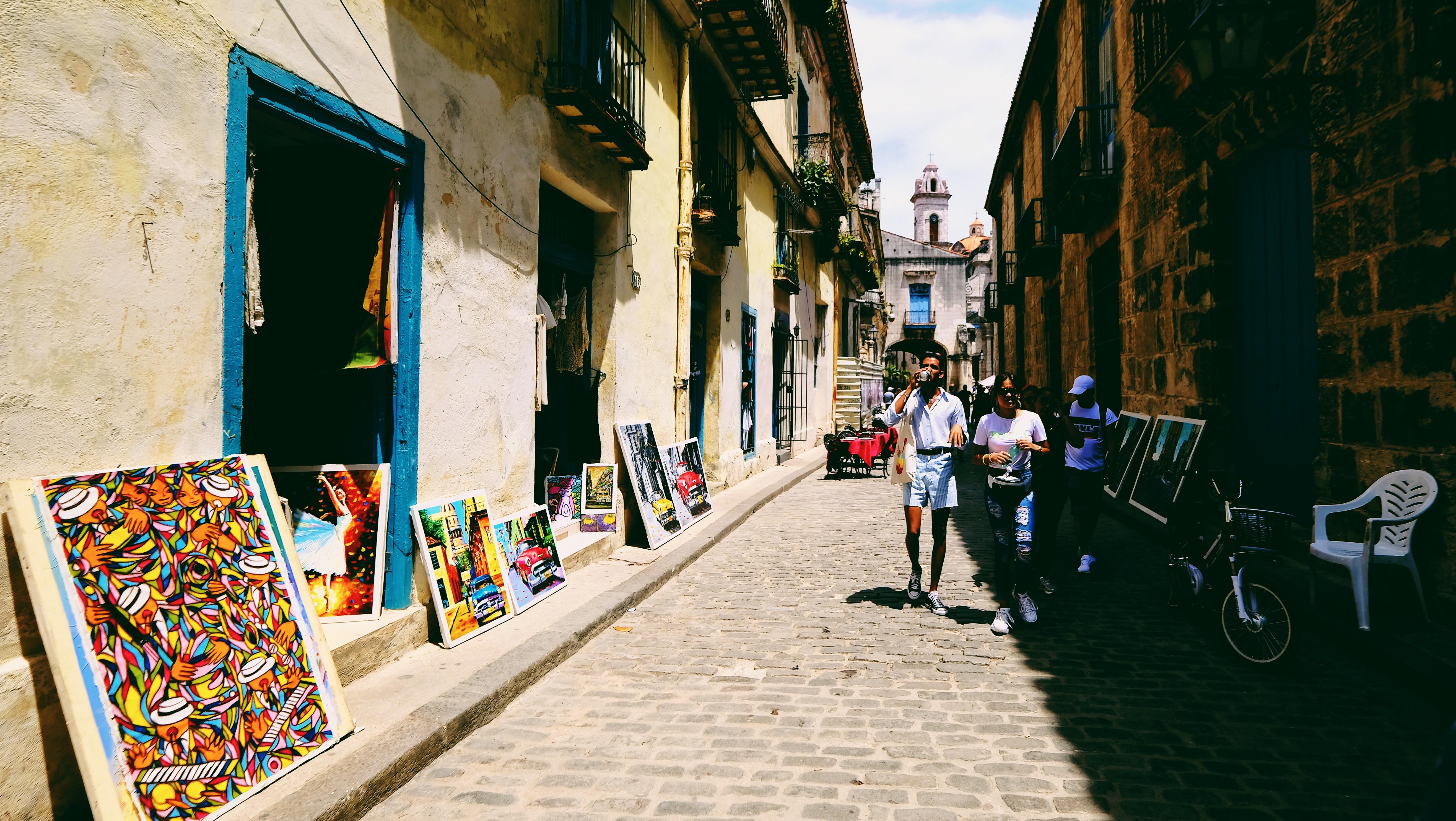Tour guide used to be a doctor, lecturer...
In Cuba, you will easily meet people who used to be doctors, lecturers... standing there introducing a destination fluently in English to tourists. They are people who have been well-trained in their profession for a long time, however, with the salary of civil servants in Cuba being only about 40 USD (about 900,000 VND) per month, there is nothing attractive to keep them here. Other essential needs such as food, medical examination, education... are all provided by the state. Each family is given a "rice book" by the Cuban government, which shows the products and quantity each family receives each month, such as rice, beans, bread, oil,... enough for the people named in that book to live. After graduating from university, they will be assigned jobs by the state according to their major and they must work for the state for at least 2 years, then they can choose to continue with that job or want to change to another job.

With the internet becoming more and more popular in Cuba and the number of tourists coming to the country increasing, educated people are realizing that there are many great opportunities for them to improve their monthly income rather than working as a civil servant.
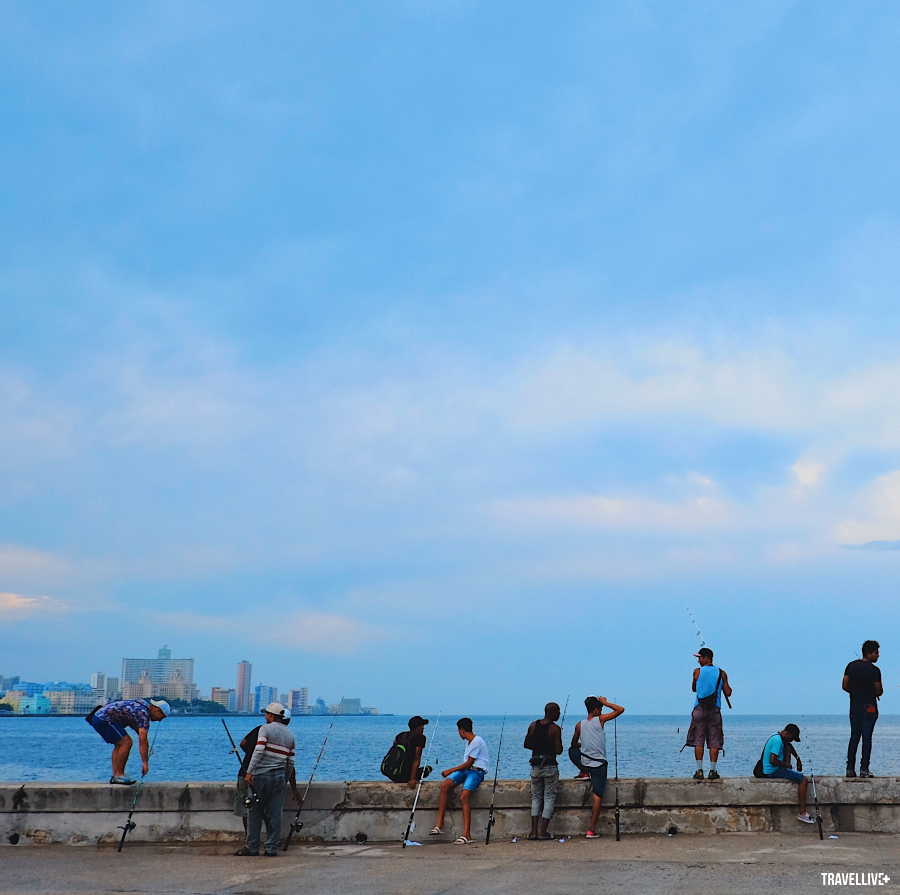

…And live in old apartments
Most Cubans are poor, really poor. They live in tiny houses or rooms in old apartment buildings that are about to collapse and have 3-4 generations living in them. They want to renovate them, but the government won’t let them because the money to feed all the mouths in Cuba is not enough, so why tear down and rebuild those apartment buildings?
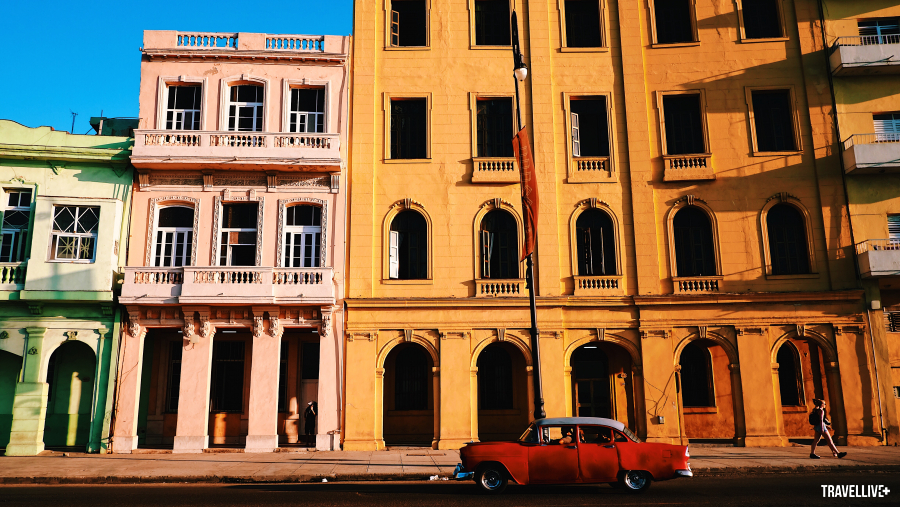
However, looking from the outside, I was quite pleased with the old-colored walls, some houses even had ceramic tiles on them. Every apartment building had a balcony facing the street below and colorful blankets and clothes were hung out there to dry. Some middle-aged people rested their chins on their hands and gently smoked cigars as the afternoon sunlight poured on the apartment balconies. I suddenly saw that their lives were peaceful, without any competition, just living calmly.
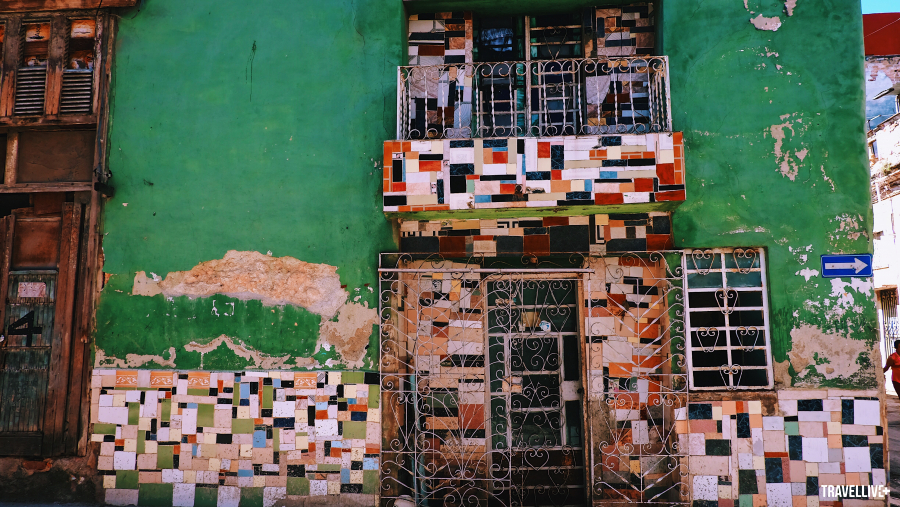
...Always know how to enjoy life
Despite their poverty, any austerity or worries disappear when they listen to music. And dance! Cubans seem to love music and dancing. They dance everywhere and you will hear music playing on every street corner or when you walk past their houses.

Every afternoon, walking along the streets of old Havana, I saw the waist shaking of young girls gathering with their friends as if they were practicing whenever they had free time. What they were doing made Cuba famous for the extremely sexy movements of Salsa, or the skillful steps and hips shaking of Disco, then Rumba, Bachata,... They dance naturally, regardless of their class, from beggars to people with decent jobs. So it is not strange if you see tourists also dancing on the sidewalks or on the street - where there is music coming from bands playing right there. And you will become cooler or more "Cuban" when you always have two cigars in your pocket and a mojito in your hand.
The particular casa
The number of tourists coming to Cuba is increasing but the number of hotels is not enough to serve that number of visitors, which creates conditions for people to take advantage of their empty rooms to rent to tourists to earn extra income. Cubans call this type of accommodation casa particular and it is popular everywhere in Cuba.

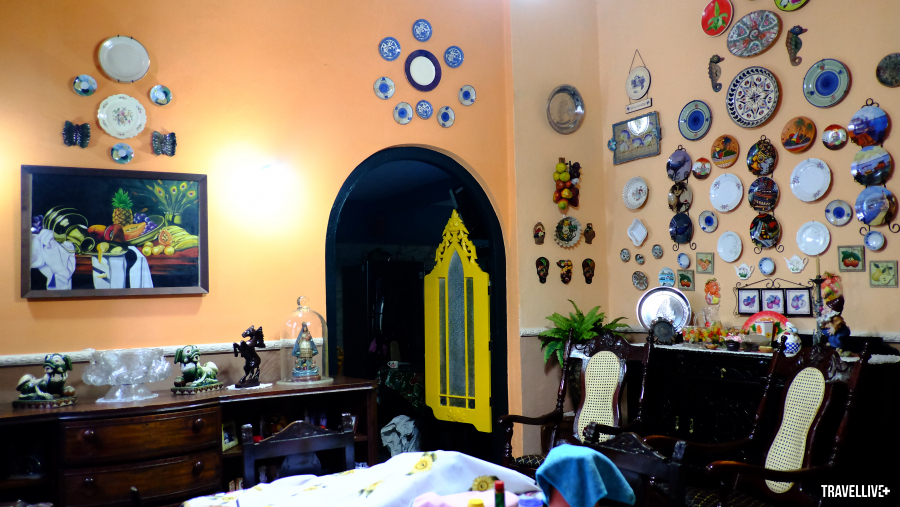
The advantage of staying at these casa particulars is that you will live with a Cuban family in their home, enjoy authentic Cuban food, talk to them and learn more about their culture. And most importantly, the cost of staying at a casa particular is much lower than at state-run hotels.


The disadvantage is that these places often do not have wifi, cable TV, etc. and especially the owners here are often elderly people who only know a little English, so sometimes you will have difficulty when you want to communicate with them.
Classic cars
Talking about classic cars without mentioning that they are one of the characteristics of Cuba is a mistake. Just by looking at the picture of a classic car with the background of old multi-colored houses, you will immediately recognize that it is Cuba. When I asked my friends from many other countries why they chose Cuba as their destination this time, the common answer was that they were impressed with Cuba through the images and videos of these classic cars running everywhere in Cuba. And, if you love the Fast & Furious series, you can immediately recognize the setting and classic cars in the movie are in Havana.
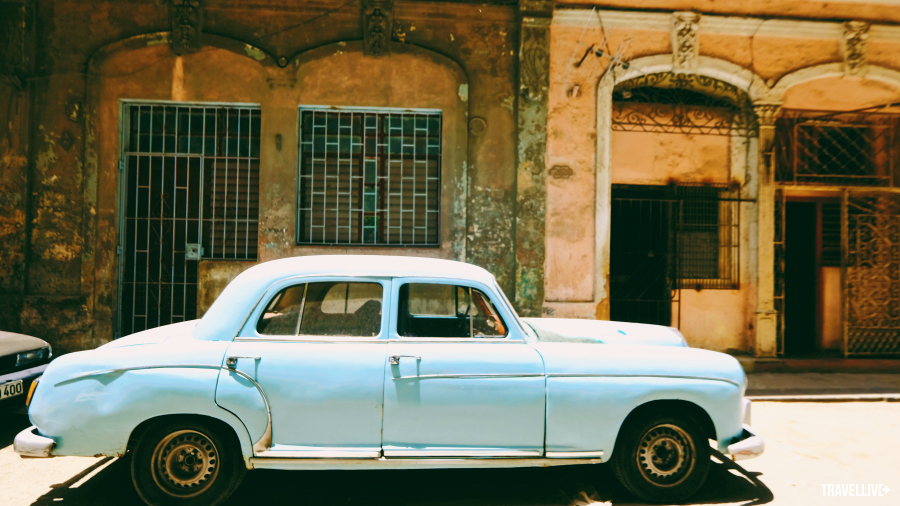
These classic cars are the remnants of the rift between Cuba and the US. Cubans have no choice but to maintain and reuse these old cars because their income is too low to buy new ones. Currently, the cars still used to run around the country are mainly American Chevrolet brands. In the 70s and 80s, when Cuba received support from the Soviet Union, they were able to import more Lada and Moskvick models with a rather square design, like a car. Although the exterior does not look much different from the old days, most of these cars have had their engines replaced to be more fuel-efficient and efficient, like the car I used to sit in, which had the shape of a Chevrolet, the engine of a Toyota, the steering wheel of a Ford, etc.
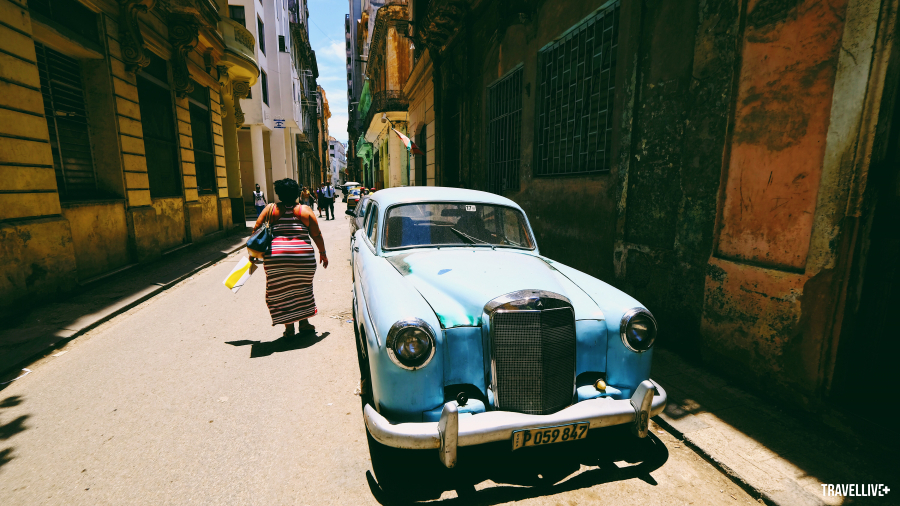
Fishing at the Malecon
With the advantage of being surrounded by the sea on all sides, you will easily see the image of Cuban men sitting with fishing rods and plastic barrels next to them every afternoon. They sit in groups, casting their rods and talking to each other. Younger people bring speakers to fish and listen to music at the same time. The most prominent place for this activity is along the 8-kilometer long Malecon Avenue in Havana. Every afternoon, this place attracts more than 200 "anglers" and hundreds of other tourists to watch the sunset on the sea.
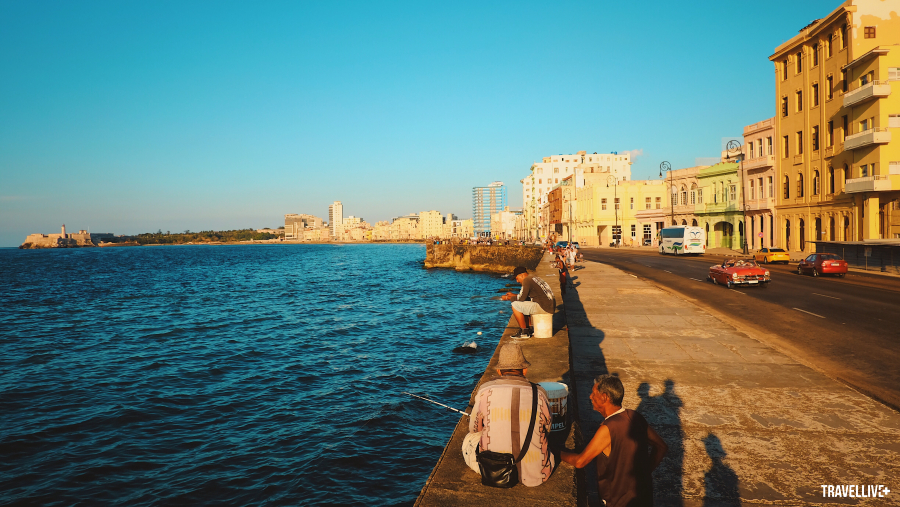
That's what Cuba is like to me. What I'm impressed with is that the people here always have positive thinking and know how to enjoy life no matter how difficult it is.





